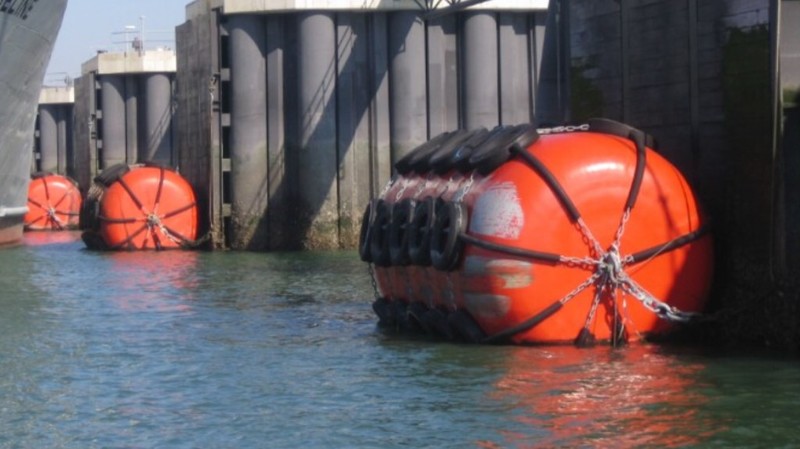For five years Trelleborg Marine Systems has put foam fenders under the spotlight, researching their production and testing. The results of this research have now been issued as a white paper called “Smart Foam Technology”.
Foam fenders are currently seen as a commodity product, one that requires little specification and engineering. Consequently, performance testing and data reporting for foam fenders is not well understood across the industry and worse, can potentially be misleading. Insufficient research has been conducted into foam fender performance.
For rubber fenders, PIANC suggests that a minimum of 10% of the order quantity are selected for performance verification tests. For foam fenders, there is no such requirement. Instead, for foam fender purchases, buyers are left to assume that true performance always aligns with that stated in the manufacturer’s catalogue. In reality, this cannot be true, as performance of foam fenders relies on the manufacturing process as well as the raw materials used, as in the case of rubber fenders.
Unfortunately, many foam fenders, especially the larger ones, are not tested. Therefore, there is a sense of doubt around their performance. This may be one of the reasons foam fenders are still not the preferred solution for critical offshore ship-to-ship applications. Foam fender testing in the absence of a standard test protocol, is arbitrary.
Trelleborg’s research proves that foam fender testing and reporting procedures need serious review.
The paper specifically studies and tests the behavior of foam fenders under high compression, which enabled the company’s testing team to understand the real behavior of foam fenders and, recommend a test for quality assurance of foam fenders.

Trelleborg undertook a series of compression tests on foam fenders using low, standard, high and super high density foam core. The fender size selected for the testing was 1 meter diameter x 1.5 meter length.
All fenders were compressed to 70% of their diameter at a constant velocity (CV) speed of two to eight millimeters per second. The performance of each fender was studied at zero hour (1st compression) and then after one hour, 24 hours, 36 hours, 48 hours and seven days of rest period. All the tests were conducted at 23 + -5°C.
The tests showed that the first compression is not an accurate measure of true fender performance. Instead, performance after 24 hours is a more reliable reflection.
Ultimately, Trelleborg concludes that in the absence of PIANC guidelines on foam fenders, the compression testing they conducted can be adopted to ensure the engineering data reported in manufacturers’ catalogues is based upon common testing methods throughout the industry.

